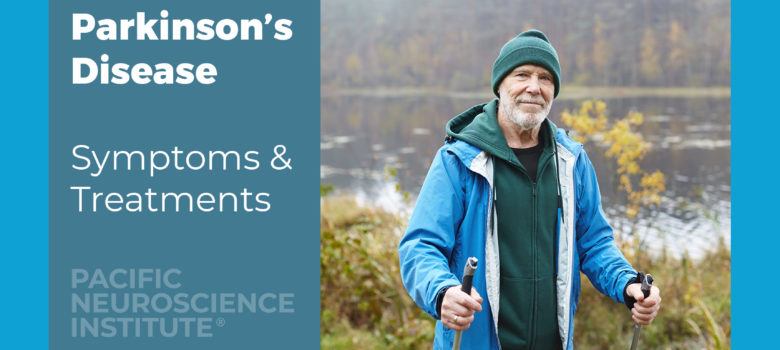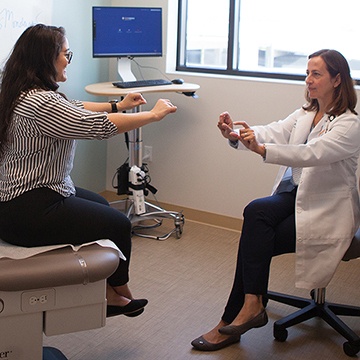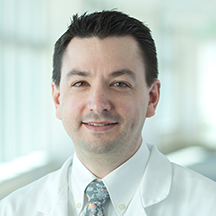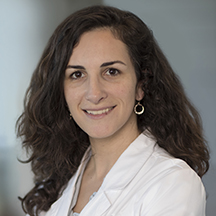

What is Parkinson’s Disease?
by Natalie Diaz
What is Parkinson’s disease (PD)?
Parkinson’s disease (PD) is a chronic and slowly progressive neurological condition that presently affects more than 1 million Americans and over 8 million people internationally. It is marked by tremor, muscular rigidity, and slow, imprecise movement.
The exact cause remains unknown. Most people who develop PD are over 50 years old consequently making age the most significant risk factor. In approximately 5% of individuals, genetics play a direct role and there are several known genetic mutations that cause Parkinson’s disease. Genetic mutations may be the cause of PD in families with a history of multiple affected individuals or those who develop symptoms under 40 years of age.
In most cases, PD is likely due to a combination of aging, genetic changes that confer susceptibility, and exposure to certain environmental triggers. Many triggers have been theorized to play a role such as repetitive head trauma, long-term exposure to chemicals such as pesticides or solvents, and other yet unknown atmospheric or dietary chemicals.
What are the symptoms of Parkinson’s disease?
What we know with certainty is that the brain and nervous system undergo changes such as the atrophy of specific brain cells, changes in brain chemicals, and an abnormal accumulation of misfolded proteins in the remainder of brain cells.
Classic symptoms that are observed when making a diagnosis include:

- Tremor in the limbs when completely relaxed
- Muscular stiffness
- Slow movement
- Decreased facial expressions
- Low voice volume
- Small handwriting
- A stooped posture
- Walking with small, shuffled steps
- Decreased arm-swing on one side
- Difficulty getting out of a chair or turning in bed
Other symptoms that may sometimes precede these classic symptoms include changes in mood, slowed thinking, acting out vivid dreams, chronic constipation, loss of smell, and dizziness when standing.
Furthermore, Parkinson’s disease is ultimately an individualistic condition. Initial symptoms, as well as the progression of symptoms over time, vary from person to person.
Diagnosing Parkinson’s Disease
In most cases, the diagnosis of Parkinson’s disease is based on the history of an individual’s slow onset, progression of the classic symptoms, and signs on a neurological exam. The established clinical diagnostic criteria have more than 95% accuracy in confirming the diagnosis.
In complex cases, there are three tests that can help in the diagnosis:
- An MRI scan does not help in the diagnosis of Parkinson’s disease, but it can help rule out symptoms that may be due to a stroke or other structural cause.
- A DaTscan is a functional brain scan approved in 2011 that uses a radioactive tracer given intravenously to quantify a patient’s ability to make the brain chemical dopamine. This helps distinguish Parkinson’s disease from other conditions such as Essential Tremor.
- The Syn-One Test is a simple skin biopsy that can be performed in the clinic to look for the abnormal protein alpha-synuclein which accumulates in the nerves of someone with Parkinson’s disease.
Both the DaTscan and the Syn-One test are available at Pacific Movement Disorders Center.

Treatment for Parkinson’s Disease

Although there is currently no cure that halts progression, many therapies are available that offer individuals control of their symptoms and good quality of life.
The treatment of PD, just like the constellation of symptoms, varies individually. This means each patient receives a tailored treatment plan made just for them. This plan is created after a comprehensive evaluation based on age, main symptoms, and other comorbid conditions.
Research has also shown that a physical fitness routine is imperative in not only promoting a healthy aging brain, but also in helping the body overcome changes that occur with PD over time.
Our team additionally provides referrals to allied health specialists such as speech, physical, and occupational therapists. A consultation with a nutritionist can also be significantly beneficial.
Medications may not always be enough. They may wear off frequently between doses, or tremors may become bothersome. In these instances, deep brain stimulation (DBS) may be an extraordinarily effective therapy for the select person. For most patients, DBS surgery can be performed using an advanced frameless approach. The system employs a custom-made mini frame that improves patients’ comfort during surgery and reduces the time required for the surgery, therefore, optimizing recovery. DBS is a surgical therapy for Parkinson’s disease that has been FDA-approved since 1997.
Available Diagnostics at PNI
The Pacific Movement Disorders Center’s philosophy of caring for the whole person is an integral part of our strong commitment to individualized and holistic patient care. Our approach is focused on safety, comfort, and quality of life improvement. We provide our patients with highly specialized care to establish an accurate diagnosis, individualize medical treatment plans, and deliver functional neurosurgical treatment when appropriate.
Our Parkinson’s Disease Specialists
Learn More About Parkinson’s Disease
- Conditions That May Mimic Parkinson’s Disease
- Deep Brain Stimulation (DBS)
- Medications for Parkinson’s Disease
- Comprehensive Guide for Parkinson’s Caregiver’s
- Everything Parkinson’s: Parkinson’s Disease Support Group
- Webinar Series: Everything Parkinson’s
Contact Pacific Movement Disorders Center at PNI
Learn more about movement disorders treatment at our state-of-the-art facilities located at:
PNI-South Bay
5215 Torrance Blvd., Torrance, CA 90503
424-212-5361
PNI-Santa Monica
1301 20th St., Santa Monica, CA 90404
310-582-7433
About the Author

Natalie Diaz
Natalie Diaz, MD, is a board-certified neurologist with fellowship training in movement disorders. Her clinical practice focuses on the evaluation and management of patients with Parkinson’s disease, atypical Parkinsonism disorders, Huntington’s disease and other choreiform disorders, dystonia, and ataxia.
Last updated: October 7th, 2022



